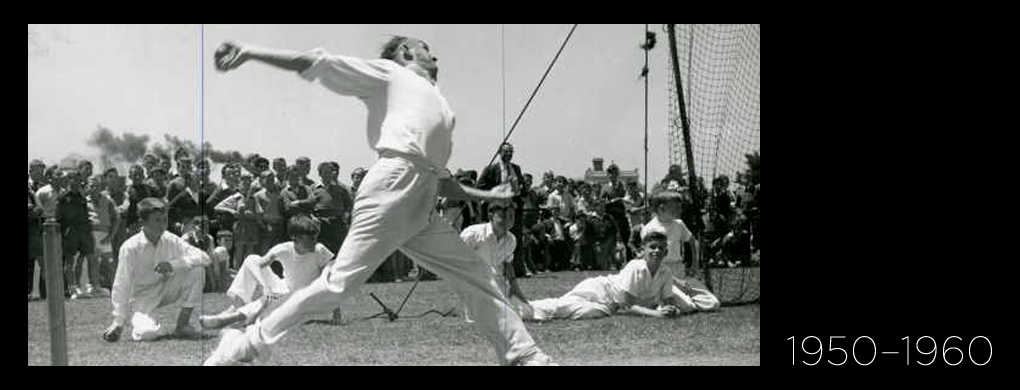From cows to classrooms in ‘Little Chicago’ – the phenomenal growth of Preston Tech.

Almost from its establishment in 1937, it was clear that Preston Technical School would soon outgrow its initial facilities and would have to expand.
Previously, young people from the north of Melbourne wanting to go on to technical education, often had to travel far to attend schools in Collingwood or Brunswick. When opportunity arose for them to attend a school closer to where they lived, they took advantage of it.
At the end of World War II, people still thought of Preston as a semi-rural retreat, especially the northern part, with very few dwellings interspersed with farmland and cows wandering through paddocks covered in Scotch thistles.
‘Cows banned in Preston!’
It was in 1954 that cows were finally banned from the City of Preston as the suburban sprawl came north. The end of the war meant that labour and material became available once again to build houses, roads, businesses. Increases in car ownership also freed people to live in areas not yet fully served by public transport.
In the early 1950s, the growth in Preston was dramatically accelerated not just with the influx of returned servicemen keen to set up new homes, start families and begin civilian lives, but by immigration from the British Isles and Europe, including many refugees from Eastern Europe. All this added to a flood of people moving into Preston.
According to the 1947 census, Preston had a population of 46, 775. By the next census in 1954, this had grown to 63, 868 people – an average increase of 2400 people a year. Preston was experiencing its most rapid population growth ever. Only Moorabbin, Sunshine, and Heidelberg had greater population increases, with parts of Heidelberg also impinging on what was East Preston. Also in 1947, less than 1% of people in Preston were of non-British origin; by the end of the 1950s that had grown to 15%.
East Preston became a Housing Commission area having previously been farmland all the way to Dundas Street. Migrants were relocated to East Preston, East Reservoir and Reservoir from temporary accommodation in hostels, such as the one at Royal Park. There was also a migrant camp with Nissen huts near Northland and the Housing Commission built a total of 2,290 houses and 300 flats between 1947 and 1966 to accommodate people. Up to 1966 as many as 11% of the population were accommodated in Housing Commission housing.
In many ways this was a tough area. At one stage in its history, East Preston was even referred to as ‘Little Chicago’ by the locals.
The ‘Big School’
Students attended primary schools, then many would go on to a junior technical school, such as the one located in East Preston. Then they would go on to what was referred to as ‘the big school’ in St Georges Road: Preston Technical School.
Preston Technical School was clearly not big enough to accommodate all the students wanting to go there. Even though it was the biggest technical school by 1951, it now had to accommodate and manage even larger numbers of students with a wide range of abilities, language skills, and cultural backgrounds. Grades, each containing an average of 24 students, were increased in number from the usual A, B, C, D, to Grades all the way to R, S, and T.
New facilities were urgently built to accommodate the overflow of enrolled students, such as the Gowerville Unit, built in 1954 on the south side of the present Harvey Norman store in Bell Street. In 1958 came the Girls Technical School in Cramer Street that was eventually occupied by nearly 500 students. Around this time, in 1959, the Jessie Street Junior Boys Technical School was erected, to lighten the pressure on the main campus in St Georges Road. First year only, diploma courses also started in 1958.
The continuing story of Preston Technical School became the ongoing struggle to cope with ever more students, in facilities that were bursting at the seams almost as soon as they had been built.
References
Carroll, Brian and Rule, Ian. ‘Preston: an illustrated history.’ Preston, Victoria, City of Preston, 1985.
Forster, Harley, W. ‘Preston: lands and people 1838-1967.’ Melbourne, F. W. Cheshire, 1968.
Interview: Bob Watson, former student, PTS.
NMIT Historical Archive material including Preston College of TAFE reports.